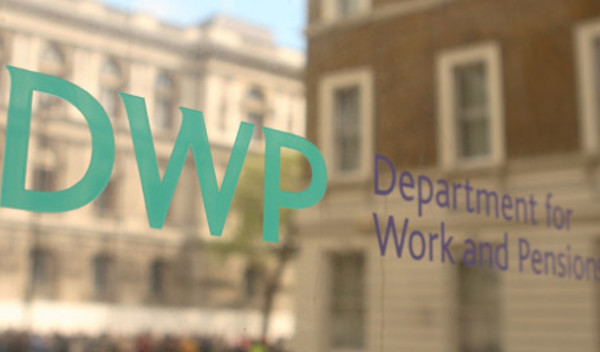

The government is looking into doing away with the requirement to put a value on guaranteed annuity rates when deciding whether savers need to take regulated financial advice.
In a call for evidence, published earlier today (23 November), the Department for Work & Pensions proposed the advice threshold would be based solely on the size of pots rather than the value of guarantees.
The moves would simplify the way the government calculates the value of personal pensions with a guaranteed annuity rates (GAR) to make it easier for parties to understand when advice is required.
The consultation stated that providers and consumers are struggling to determine when the £30,000 threshold for advice is breached because of the “considerable variety” of safeguarded pensions and challenges presented by the potential value of a GAR when the ‘promise’ is taken into account.
The protections were put in place ahead of April’s at-retirement reforms, which allowed defined contribution pension savers aged 55 to get access to their pots, which meant more transfer requests across from defined benefit schemes.
A lower limit of £30,000 was put in place by the government so that anyone with ‘safeguarded’ benefits worth more than that must seek independent financial advice before transferring.
Today’s consultation explained that the DWP wanted to find a “different, simpler” valuation method for the purpose of determining whether the advice requirement threshold is met in relation to GAR benefits in personal pension schemes.
“One option would be to provide for the value of the benefits to be treated for this purpose as equal to the transfer payment that would be available if the member decided to transfer,” read the document.
However, it requested stakeholder views on whether this regulatory change would simplify the application of the advice safeguard, as well as whether the advantages of doing so would outweigh the reduced level of protection which would apply.
The consultation stated hat the government recognised there are various different types of GAR arrangements and potential other types of arrangements where there is a form of guarantee in relation to the rate of pension income that may be provided.
“We are therefore seeking views on whether this variety can be reflected in a series of risk warnings tailored for different GAR schemes, and on whether any such risk warnings should be prescribed by legislation, or could instead be part of a voluntary approach led by regulators and trade bodies working together.”
Labour’s shadow pensions minister Nick Thomas Symonds welcomed the fact that the government is consulting on these further changes, made necessary by the scale of the pension freedom reforms.
“But their very scale and the fact that there are such wide-ranging consequences are a reminder to the government that much more needs to be done now to protect people from scams, improve Pension Wise and monitor closely how the new pensions reforms are operating.
“Strong freedoms need to be accompanied by strong safeguards.”
The consultation closes on 11 January 2016.
peter.walker@ft.com



